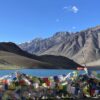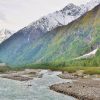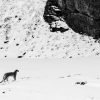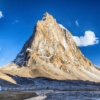Rudyard Kipling in his novel “Kim” described Spiti as ‘a world within a world’ and ‘a place where the gods live’. While these lines were written over a century ago, Spiti has stayed true to character, retaining much of its mystical aura and serenity.
Tucked away in the Indian Trans-Himalayas of Himachal Pradesh, this beautiful high altitude cold desert reaches for the skies at average altitudes of 3600 mts. With a population of a little over 10,000 occupying an area of over 7500 sq km, Spiti is one of the most sparsely populated areas in India.
Baring stark cultural and ecological similarities with its neighbour Tibet, Spiti is home to a purely homogenous Buddhist society with some of the oldest and most spectacular living monasteries. Spiti lay isolated and closed to the outside world till the early 1990’s, when it was first opened up to the outside world. As a result various ancient and mystical Buddhist practices remain intact and are practiced here till date.
Spiti is one of the most spectacular regions to visit in India. Rust and bronze mountains touching azure skies, turquoise lakes, gushing streams, rolling meadows and pastel hues impart a softness to this otherwise stark desert scape.
Flora & Fauna
Despite being a high-altitude cold desert, Spiti boasts of more than 450 species of medicinal & aromatic plants, many of whom form an important part of the Tibetan traditional healing systems.
Spiti is also home to some of the rarest and most endangered species of fauna such as the Snow Leopard and the Himalayan Wolf. Also found here is the Siberian Ibex, Blue Sheep, Red Fox, Pika and Weasels. The Ibex is well adapted to the extreme environment, making it a fascinating study. A thick winter coat helps protect it against the intense cold whereas the summer coat is a thinner dark brown. Ibex goats spend most of the winter on steep cliffs that are highly prone to avalanches.
The avifauna of the region includes the Lammergeier, Himalayan Griffon, Golden Eagle, Chukar Partridge, Himalayan Snow Cock and a host of Rosefinches.
There are 2 protected areas in Spiti, namely the –
Monasteries in Spiti
There are 5 main Monasteries in Spiti – Tabo, Dhankhar, Kungri, Tangyut, Kee – and some unique Buddhist temples dating back over a thousand years. These ancient monasteries offer space and sanctuary for the spiritual aspirations of the local community, often leading the way to a monastic life.


